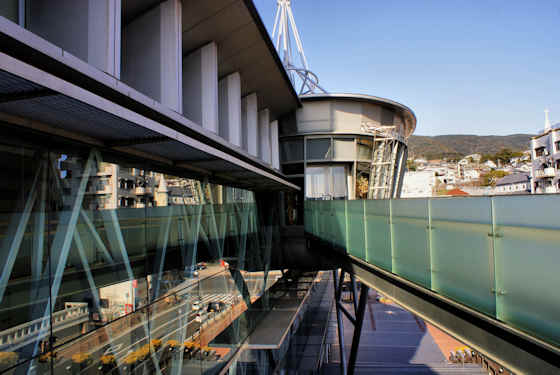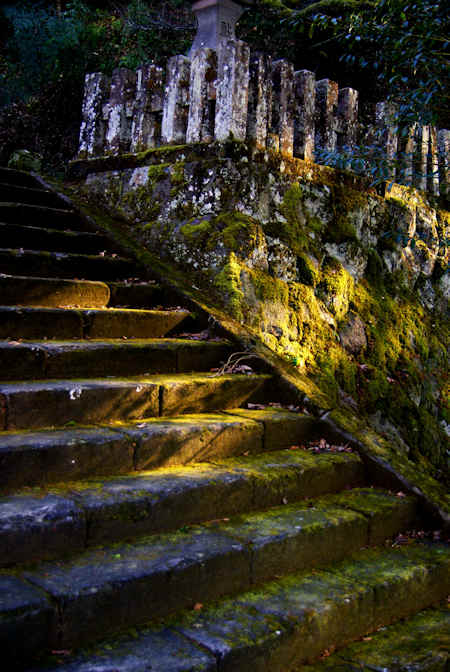Thursday, December 21, 2023
Arcus Sasebo
Labels:
Architecture,
axs satow,
kyushu108,
nagasaki,
sasebo
Wednesday, December 20, 2023
Glimpses of Futagoji Temple
Labels:
ema,
fall,
Fudo Myojin,
kunisaki fall,
nio,
oita,
temple
Tuesday, December 19, 2023
Saikai Bridge
The previous post in this series on day 65 of my walk around Kyushu was of the precursor to Huis Ten Bosch, the Nagasaki Holland Village.
Thursday, December 14, 2023
Ido Shrine
Labels:
iwami ginzan,
iwami33,
omori,
Shrine,
world heritage
Wednesday, December 13, 2023
Disappeared Japan Nagasaki Holland Village
I passed by on day 65 of my first walk around Kyushu. The previous post was the nearby Giant Torii. The previous Disappeared Japan post was the Yamane Residence.
Labels:
amusement park,
kyushu108,
manhole,
nagasaki
Tuesday, December 12, 2023
Kochi Castle
A major fire burned down most of the castle in 1727 and it was rebuilt from 1729 until 1753. Most of the current buildings date from this period.
Subscribe to:
Posts (Atom)






























































